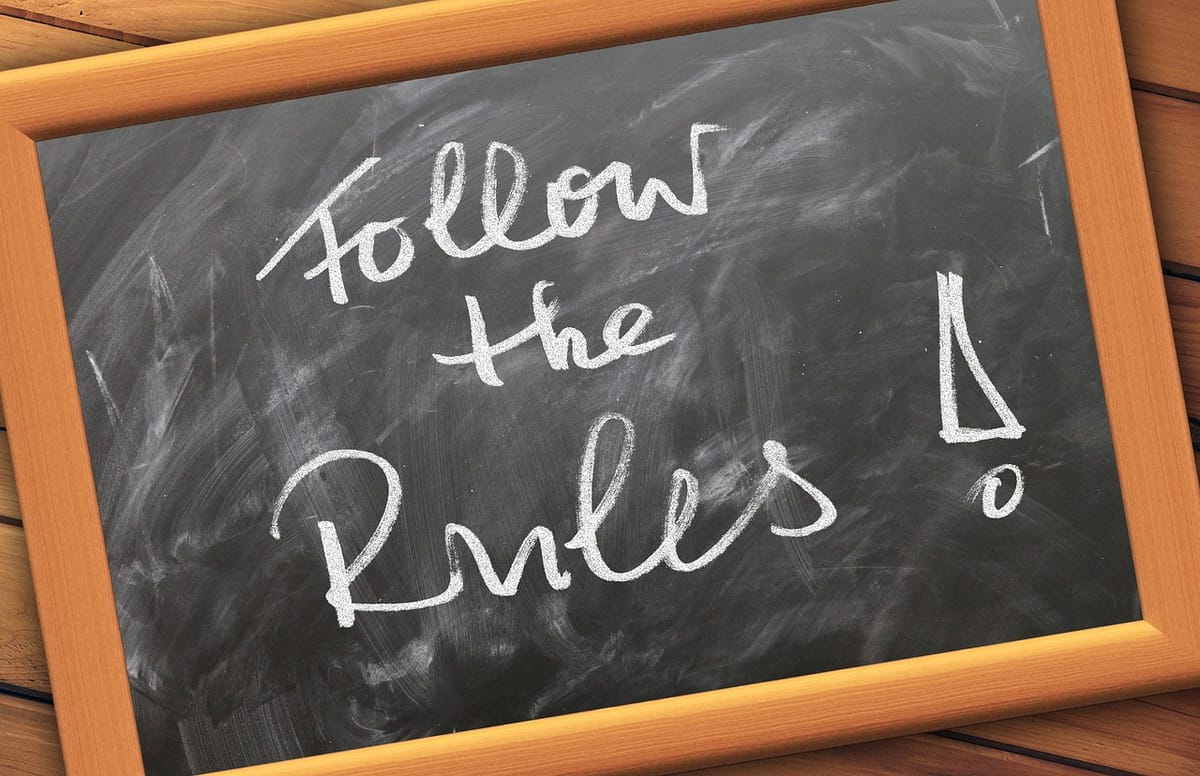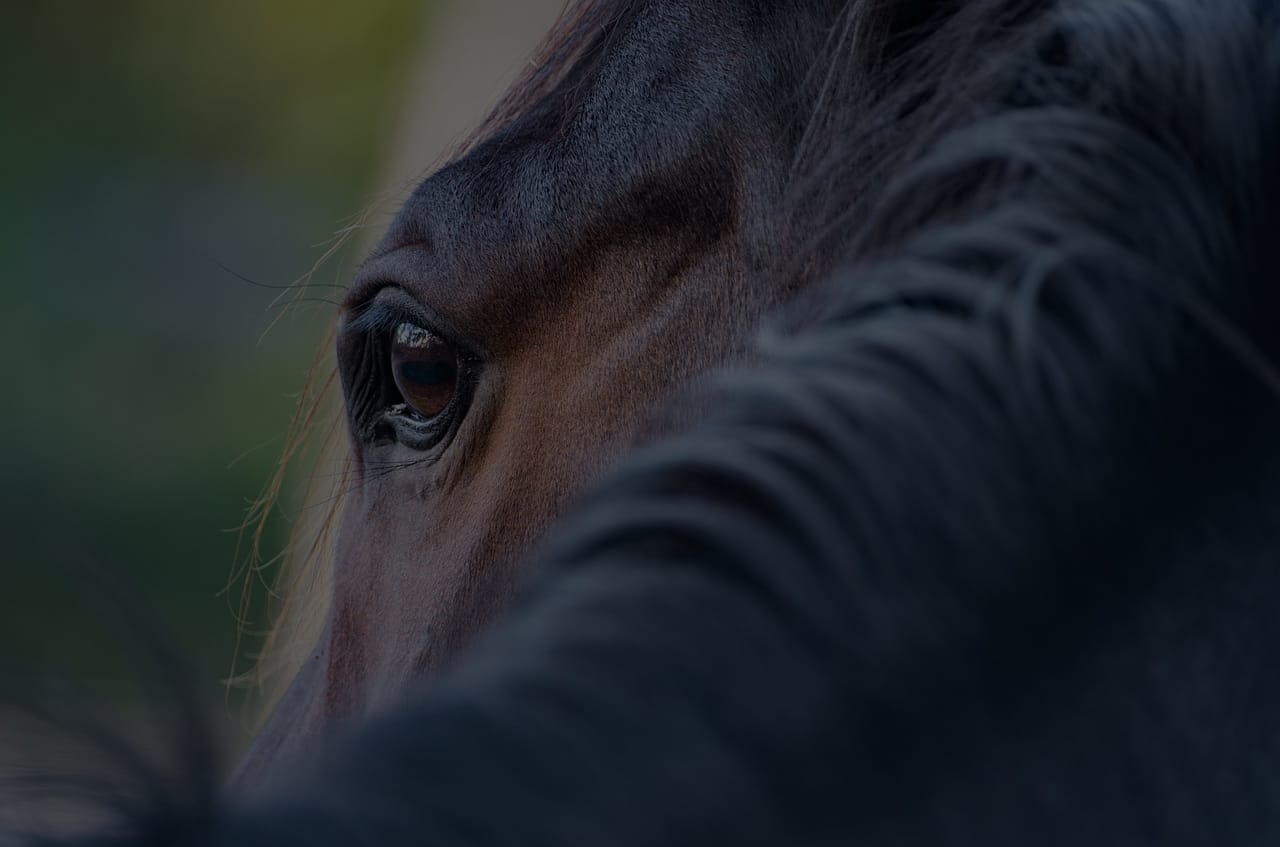Rules are Open to Interpretation
In 2019 a trio of Ground Jurors at Blenheim Horse Trials broke the rules when letting a name worthy rider mount her horse after taking a tumble on fence number one in cross country. The punishment for the judges? Basically nothing.

In the official statement from the FEI legal department regarding this, to say the least weird, case one could read that the FEI legal department “took note” of several factors in favour of the officials.
In the same statement one could also read that both the FEI, and the officials who act on behalf of the FEI, have a duty to protect the safety of both athletes and horses, and to apply the FEI rules and regulations fully and consistently.
Still the "several factors in favour of the officials" made one Technical Delegate and the three Ground Jurors walk home free with a tiny slap on the fingers.
Some years later, at another event in another country, in the very same discipline a rider crossed the finish line and assumed it was a done deal.
While the rider and the crowds celebrated a clear round, one of the FEI Stewards was on a mission. Cause according to this particular steward, the bit in use by this particular rider was not permitted.
Never mind that it came straight from the manufacturer.
Never mind that other riders at the same event were using the same bit.
Never mind that the two other stewards, out of three, didn’t find an issue.
The one who said it was not permitted was backed up by the President of the Ground Jury, and that was the end of it.
The rider was eliminated!
When protesting the decision, the rider encountered a reality that more and more riders and the rest of us are beginning to recognise: the FEI is indeed a rules-based organisation, except when it isn’t.
Cause rulings have little to nothing to do with what the rules says, it’s about how the officials sees it.
Rules? Guidelines? Suggestions?
The bit that became the involuntary star in this case was not explicitly banned in the FEI rulebook.
It was also not marked as illegal in the FEI TackApp, the app riders are supposed to use to check what tack is allowed at different levels.
Some bits are flagged as “Not Permitted”, this one was not. To make matters more absurd, other riders at the same event used the very same bit.
They were not eliminated.
They were not even questioned!
The officials simply told the one rider they did decide to eliminate that the rules are open to interpretation.

The Tribunal Can't Touch Field Decisions
The rider took the case to the FEI Tribunal. They refused to hear the appeal, not because the arguments were weak, but according to FEI's very own legal structure, it is not allowed to question a decision made in the field of play.
This doctrine, which is borrowed from sports law, essentially says: if an official makes a decision during a competition, that decision is final.
The athlete, can only challenge it if there's evidence of bias, corruption, or other things that would make a mockery of justice.
Mistakes, contradictions, or vague rulebooks? Not good enough.
So, to be clear:
✅ A bit that is not on the banned list
✅ A bit that is used by other riders at the same event
✅ A bit that is OK’d by two of the stewards
✅ A bit that is approved at other recent FEI events
…can still get you eliminated, and there’s no appeal.

Become a Sponsor
Buy Me a CoffeeInterpretation is Policy
One of the weirdest points in the Tribunal’s reasoning was their very own view of interpretation.
While the rider argued that ambiguity in the rules should be resolved in favour of the rider (a long-established legal principle), the Tribunal essentially said: it’s not about what the rule says — it’s about how the official sees it in the moment.
The steward interpreted the bit as a no-go according to FEI Guidelines. That interpretation was accepted by the Ground Jury, and once it was, the Tribunal couldn’t touch it.
So the real takeaway here would be that within the FEI system, interpretation isn’t a problem, it is the system.
The Bit of a Bigger Issue
In all this isn’t about a bit. It’s more about authority, and what happens when organisations are allowed to enforce rules based on shifting definitions and closed-door judgments.
The FEI claims to be rule-based, but in practice, it’s more like a federation of vibes. One steward’s opinion can override consistency, precedent, as well as fairness. And there’s no higher court to say otherwise.
It would be easy to dismiss this as a one-off, a miscommunication, or a quirk of bureaucracy. But to anyone who follows FEI governance it's clear, that this has become the norm, and is in no way to be considered as the exception to the rule.
So if you're a rider looking to compete at the upper levels, make sure to train your horse, check the tack app, and then hope no one interprets your gear differently.
Just to be sure maybe you should also make sure to bring both your lawyer and a camera crew to document the whole event.
Because sometimes, it only takes the one steward to turn a clear round into a disqualification. And in the eyes of the FEI, that’s all perfectly fine, meanwhile the athletes, breeders and horse owners just have to live with it.
What do you think? Please leave a comment in the comment section 👇🏻






